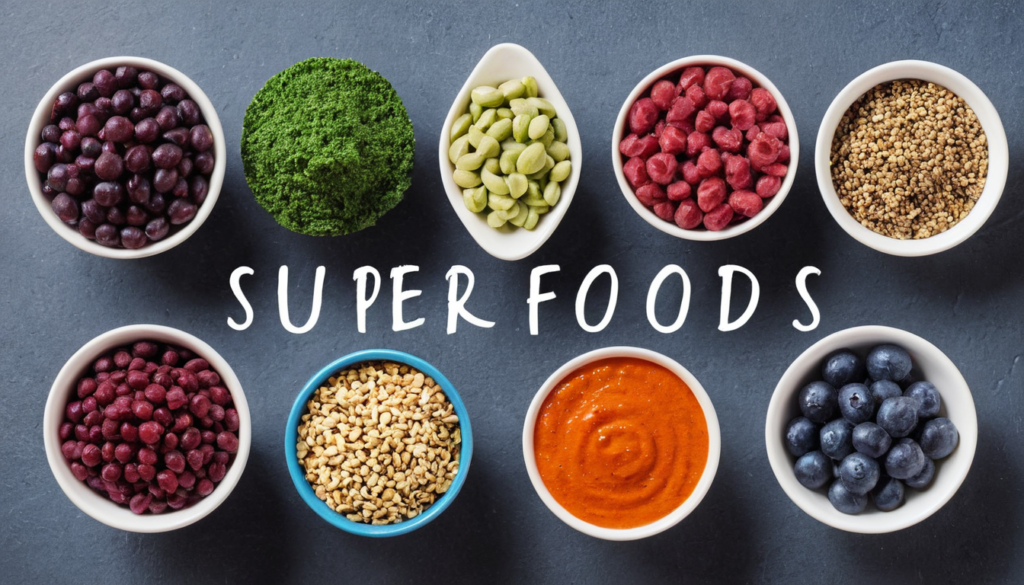As concerns about climate change and environmental degradation continue to rise, more individuals are becoming aware of the impact their food choices have on the planet. Eco-friendly eating, or sustainable eating, is not just a trend; it’s a necessary shift towards a more responsible lifestyle that benefits both the environment and public health. This article will delve into what sustainable food is, the importance of making eco-friendly choices, and practical tips for selecting sustainable foods in your diet.
Understanding Sustainable Foods
Sustainable foods are those that are produced, processed, and consumed in ways that do not harm the environment or deplete natural resources. This can encompass a wide range of practices and products. Here are some key characteristics of sustainable foods:
- Locally Sourced: Foods that are grown and harvested nearby reduce the carbon footprint associated with transportation.
- Seasonal: Eating foods that are in season often means they are fresher and require fewer resources to produce.
- Organic: Foods grown without synthetic pesticides and fertilizers promote healthier soil and ecosystems.
- Humanely Raised: Choosing animal products that come from animals treated ethically aligns with sustainable practices and welfare considerations.
- Minimal Packaging: Foods with less packaging reduce waste and often come from producers who prioritize environmental responsibility.
The Importance of Choosing Sustainable Foods
Switching to an eco-friendly diet is beneficial for several important reasons:
- Reduces Carbon Footprint: Sustainable eating decreases greenhouse gas emissions associated with the production and transport of food.
- Supports Local Economies: Purchasing from local farms helps sustain community jobs and promote local agriculture.
- Encourages Biodiversity: Organic farming practices often support a wider variety of plants and animals, promoting a balanced ecosystem.
- Enhances Personal Health: Sustainable foods tend to be healthier options, reducing exposure to harmful chemicals and contributing to overall well-being.
- Contributes to Environmental Conservation: Thoughtful food choices can decrease the strain on natural resources and promote better land and water use.
How to Choose Sustainable Foods
Making eco-friendly choices at the grocery store or while dining out might seem overwhelming, but it doesn’t have to be. Here are some practical steps to help you integrate sustainable foods into your daily life:
1. Read Labels Carefully
When shopping, take the time to read labels and understand what they mean:
- Certified Organic: Ensures food is grown without synthetic chemicals.
- Certified Humane: Indicates that animal welfare standards are met in the production process.
- Non-GMO: Refers to foods that have not been genetically modified.
2. Buy Local and Seasonal
Purchase produce from local farmers’ markets or community-supported agriculture (CSA) programs. Seasonal fruits and vegetables often taste better and require less energy to produce:
- Spring: Asparagus, peas, and strawberries
- Summer: Tomatoes, zucchini, and peaches
- Fall: Pumpkins, Brussels sprouts, and apples
- Winter: Root vegetables, citrus fruits, and greens
3. Reduce Meat Consumption
The meat industry is a major contributor to greenhouse gas emissions. Try adopting a plant-based diet or reduce meat consumption:
- Incorporate more plant-based meals into your week.
- Try meatless Mondays.
- Opt for sustainably produced meat when possible.
4. Minimize Food Waste
Plan meals and use leftovers creatively. You can also compost scraps to return nutrients to the soil.
5. Drink Responsibly
Be mindful of the beverages you choose. Opt for organic, fair-trade coffees and teas, and consider alternatives to bottled water, such as reusable water bottles.
Conclusion
Embracing eco-friendly eating is a powerful way to contribute to a healthier planet while enhancing your personal well-being. By understanding sustainable food choices and implementing the tips outlined in this article, you can make a positive impact on the environment, your community, and your health. Remember, every small step counts towards creating a more sustainable food system.
FAQs
What are some easy ways to transition to a more sustainable diet?
Start small by incorporating more fruits, vegetables, and whole grains into your meals. Aim for meatless options a few days a week and explore local markets.
Are sustainable foods always more expensive?
Not necessarily. While some organic and specialty items can cost more, buying seasonal produce or shopping at local farms can often save money compared to conventional options.
Can I make a difference if I am just one person?
Absolutely! Individual choices collectively influence market trends and demand. By opting for sustainable foods, you are contributing to a greater shift towards eco-friendly practices.
Does sustainable eating mean becoming vegetarian or vegan?
No, while vegetarian and vegan diets are sustainable options, you can still be an eco-friendly eater by making conscious choices about the meat and dairy products you consume.



